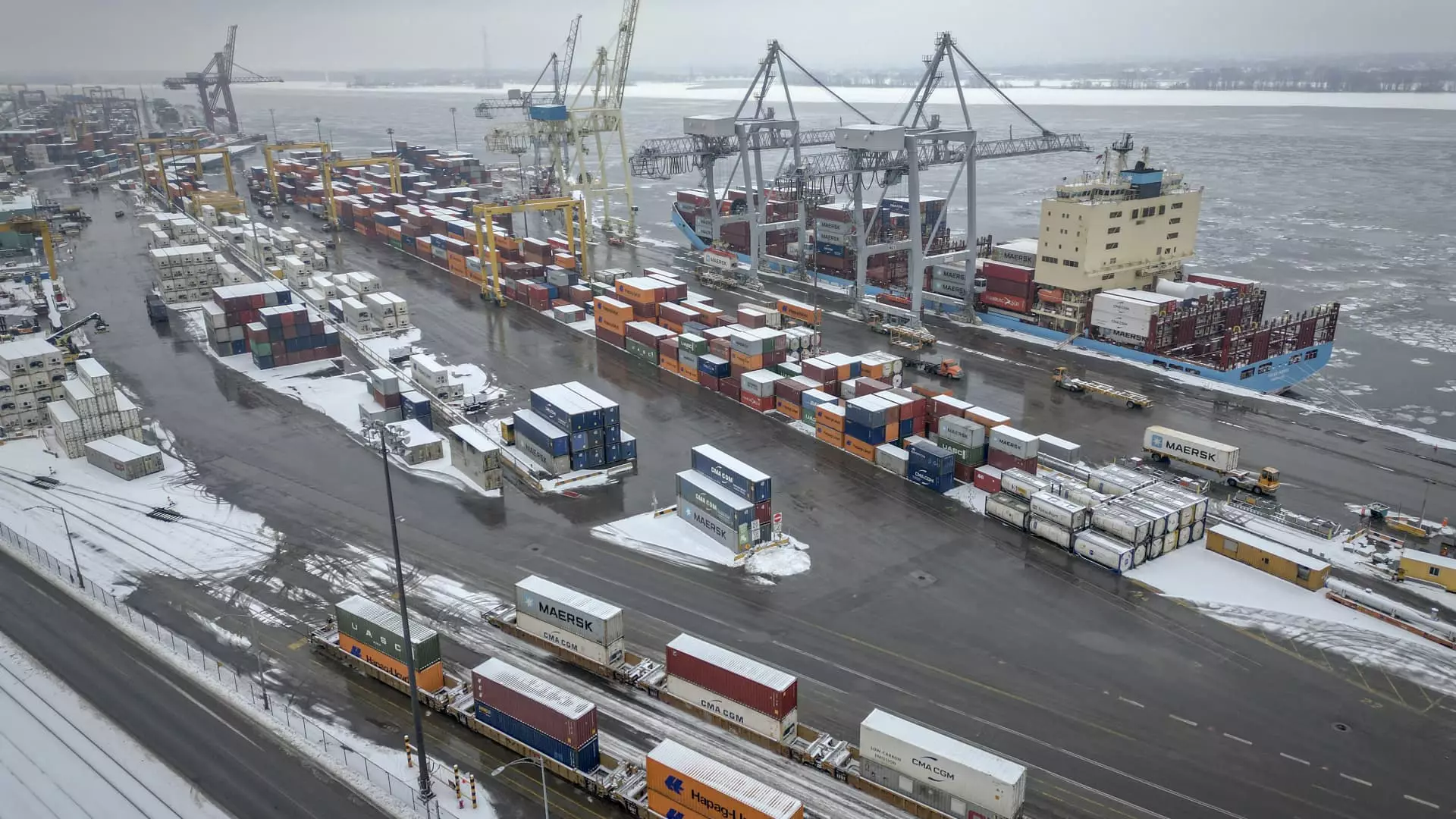Tariffs have played a pivotal role in shaping the economic landscape of the United States since its inception. The recent imposition of tariffs by President Donald Trump on imports from China, coupled with threats aimed at other trade partners, has prompted reflection on the historical context and evolution of tariff policies in the country. This article delves into the significance of tariffs throughout U.S. history, examining their purposes and implications while questioning the distinctiveness of Trump’s approach.
The United States has been employing tariffs since the late 18th century, a testament to their foundational role in the nation’s economic framework. The **Tariff Act of 1789**, enacted shortly after the nation’s founding, marked one of Congress’s inaugural efforts, establishing a precedent for using tariffs as a means of generating revenue. For the first third of the nation’s history, tariffs primarily served as a crucial source of fiscal support for the federal government, supplying over 90% of its revenue prior to the Civil War. This reliance underscored the economic necessity of tariffs in an emerging nation still seeking financial stability.
However, the dynamics surrounding tariffs shifted dramatically following the Civil War. As the U.S. government diversified its revenue streams by imposing excise taxes and other forms of taxation, dependence on tariffs gradually diminished. From the late 19th century until the early 20th century, tariffs accounted for about half of federal revenue, reflecting a transitional phase in the government’s financial strategy. Yet, the post-World War II economy ushered in a new era marked by increased expenditures for social and defense programs, significantly diluting tariffs’ ability to support government revenue.
In the decades that followed the Civil War, tariffs were increasingly utilized to restrict imports and protect American businesses from foreign competition. The **Tariff Act of 1930**, commonly known as the Smoot-Hawley Tariff, exemplified this protective approach by imposing high duties on nearly 900 different types of goods. While it aimed to bolster domestic industry, the act ultimately sparked international retaliation, exacerbating the Great Depression. This period illustrated the potential pitfalls of using tariffs as a means of economic isolation.
Post-Depression efforts sought to mend the wounds caused by protectionist policies. The establishment of the **General Agreement on Tariffs and Trade (GATT)** in 1948 laid the groundwork for a new global trading system that emphasized reciprocity and lower tariffs—principles that have underpinned international trade agreements ever since. The U.S. position in promoting free trade reflected a recognition of the benefits that come from international economic cooperation.
With the arrival of President Trump’s administration, tariffs have resurfaced as a focal point of economic strategy. Trump’s approach diverges sharply from his predecessors by employing tariffs in a broad, sweeping manner rather than targeting specific industries. The imposition of a 10% tariff on all Chinese goods and threats of significant tariffs on imports from Canada and Mexico illustrate a departure from previous norms wherein tariffs were viewed primarily as a response to specific grievances.
Economists like Douglas Irwin emphasize that Trump’s application of tariff policies is “very unusual” among modern U.S. presidents. While historical figures such as Presidents Reagan and Nixon utilized tariffs to protect strategic industries, Trump’s tactics extend beyond industry-specific measures, raising concerns about the consequences on a wider economic scale. The potential trade-offs inherent in such an approach include diminished revenue, as restricting imports tends to limit the overall tax base that tariffs rely on.
The shift in executive authority concerning tariffs has also evolved significantly. Following the **Reciprocal Trade Agreements Act of 1934**, presidents gained the power to negotiate tariffs, a change that was further amplified post-World War II. However, Trump’s broad unilateral tariff decisions reveal a deviation from the norms established by international treaties and agreements. These actions could potentially undermine global trade stability and raise questions about the U.S.’s commitment to the principles established under the WTO framework.
The historical precedent for Trump’s tariff use, particularly as a unilateral tool for achieving policy goals, is almost unprecedented. While the executive branch has wielded considerable power since the 1930s, it has traditionally done so within the frameworks of established trade agreements. Trump’s willingness to bypass these agreements further underscores the extent to which his administration diverges from established practices.
As the U.S. navigates the complexities of contemporary trade relationships, the future of tariff policies remains uncertain. The historical significance of tariffs as mechanisms for revenue generation, protectionism, and bargaining tools will likely continue to shape policy debates. However, understanding the implications of broad tariff strategies employed by the current administration necessitates careful consideration of both historical context and potential economic consequences. As history has shown, the wielding of tariffs is not merely a tool of fiscal policy but a profound reflection of a nation’s values and commitment to the global trading system.

